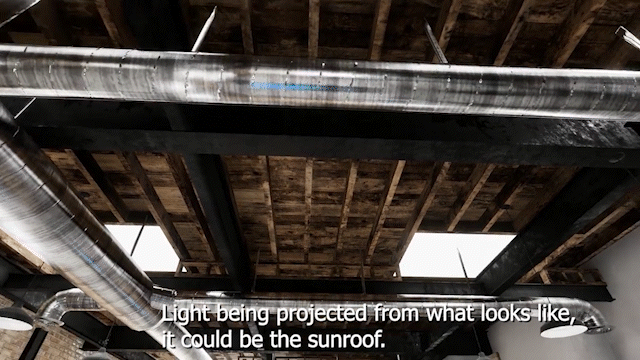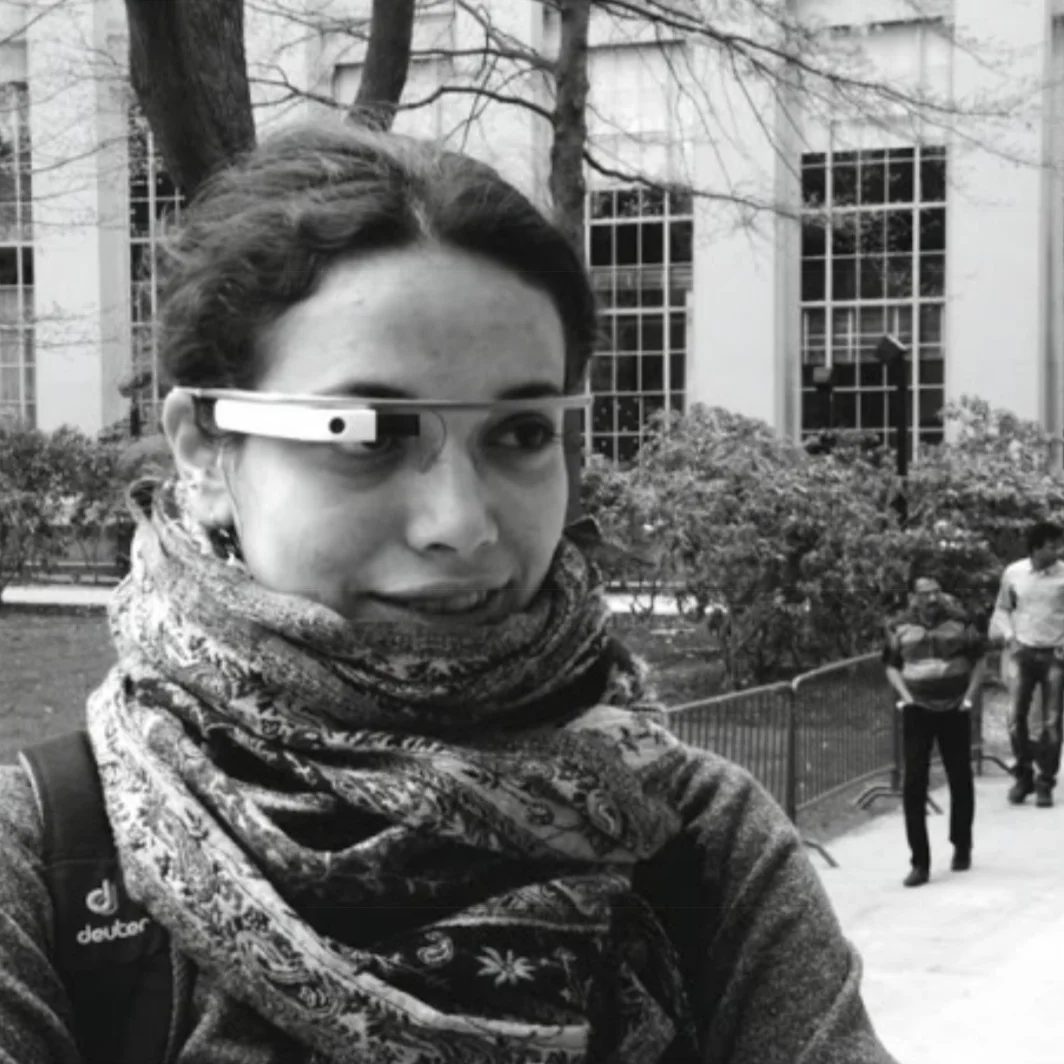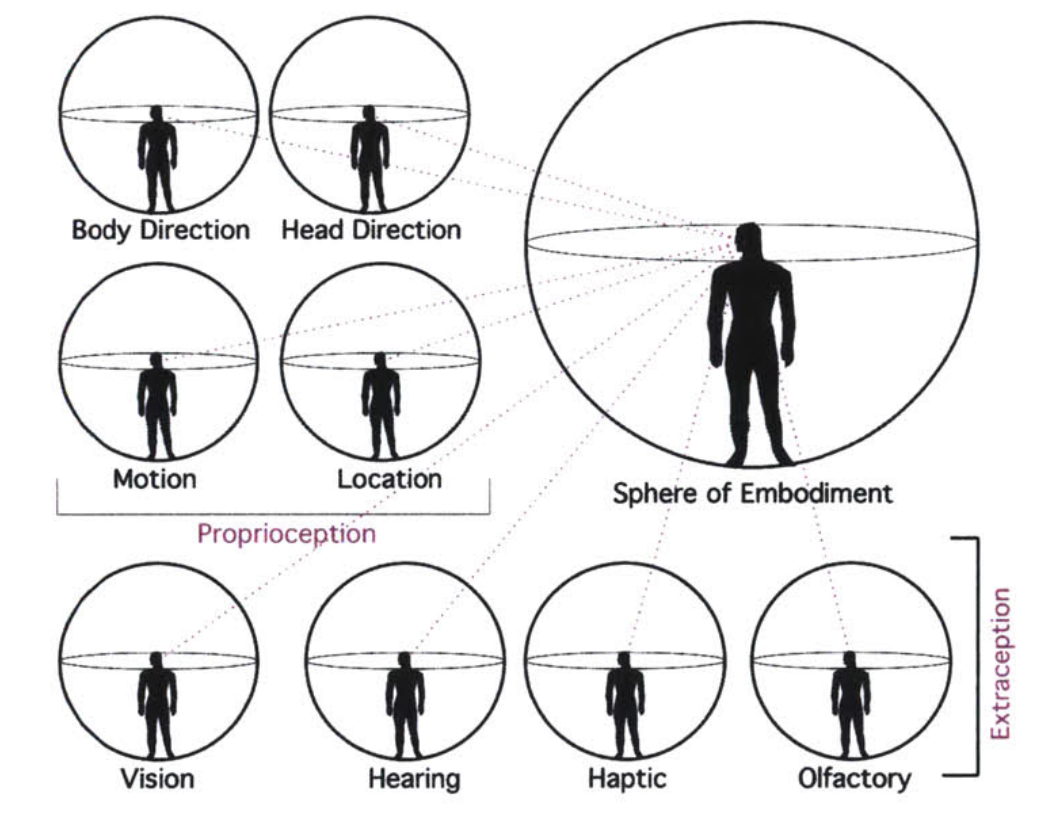ACADIA Conference, 2022. Vanguard Paper Award Runner-Up
A key technological weakness of artificial intelligence (AI) is adversarial images, a constructed form of image-noise added to an image that can manipulate machine learning algorithms but is imperceptible to humans. Over the past years, we developed Adversarial Architecture: A scalable systems approach to design adversarial surfaces, for physical objects, to manipulate machine learning algorithms.







